15 Best Plants That Repel Roaches
While roaches may seem like a minor annoyance, they can pose serious health risks and evoke strong emotional responses. Their ability to carry bacteria and diseases makes them a significant concern for homeowners. Moreover, their presence can create phobias that affect daily life. Fortunately, there are non-toxic alternatives to chemical-based extermination methods. Certain plants have been shown to repel roaches, providing a natural solution to this pesky problem.
This article will explore 15 plants that can help deter roaches from your home.
15 plants that repel roaches
In addition to conventional methods, incorporating natural alternatives into your roach control strategy can be a game-changer. One such approach is utilizing plants that naturally repel these unwanted pests. By exploring some of the most effective options, you’ll have a solid foundation for keeping your space roach-free without resorting to harsh chemicals.
Catnip
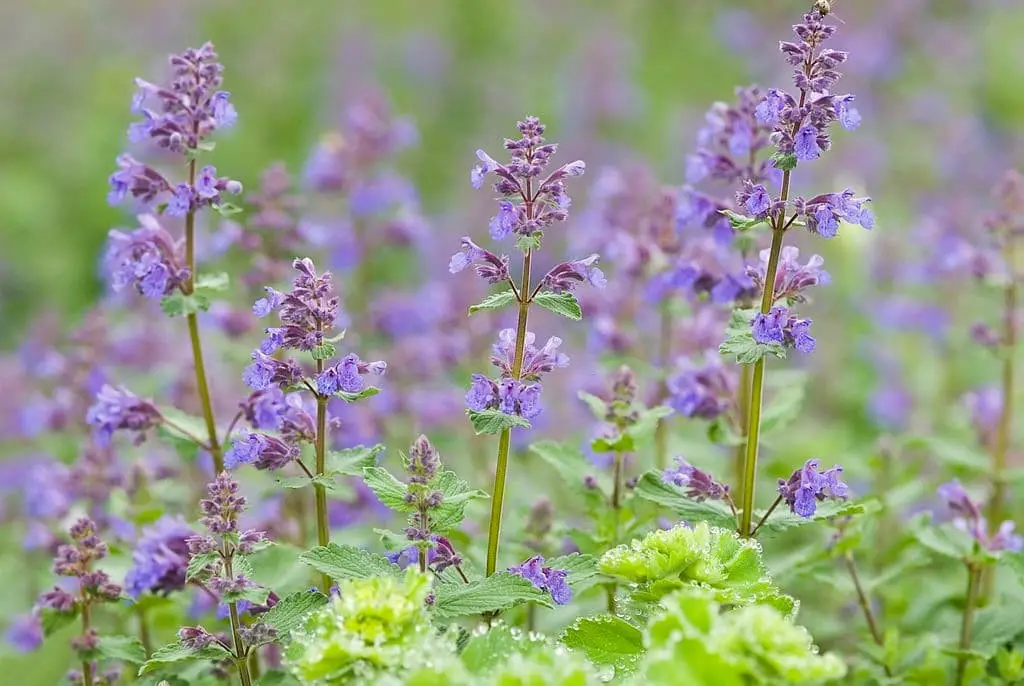
Beyond its popularity among felines, catnip is also an effective natural deterrent against various pests and insects, including roaches, weevils, bugs, ants, mosquitoes, and fleas. The unique combination of its pungent aroma and nepetalactone chemicals renders it a potent repellent for these unwanted visitors.
Bay leaves
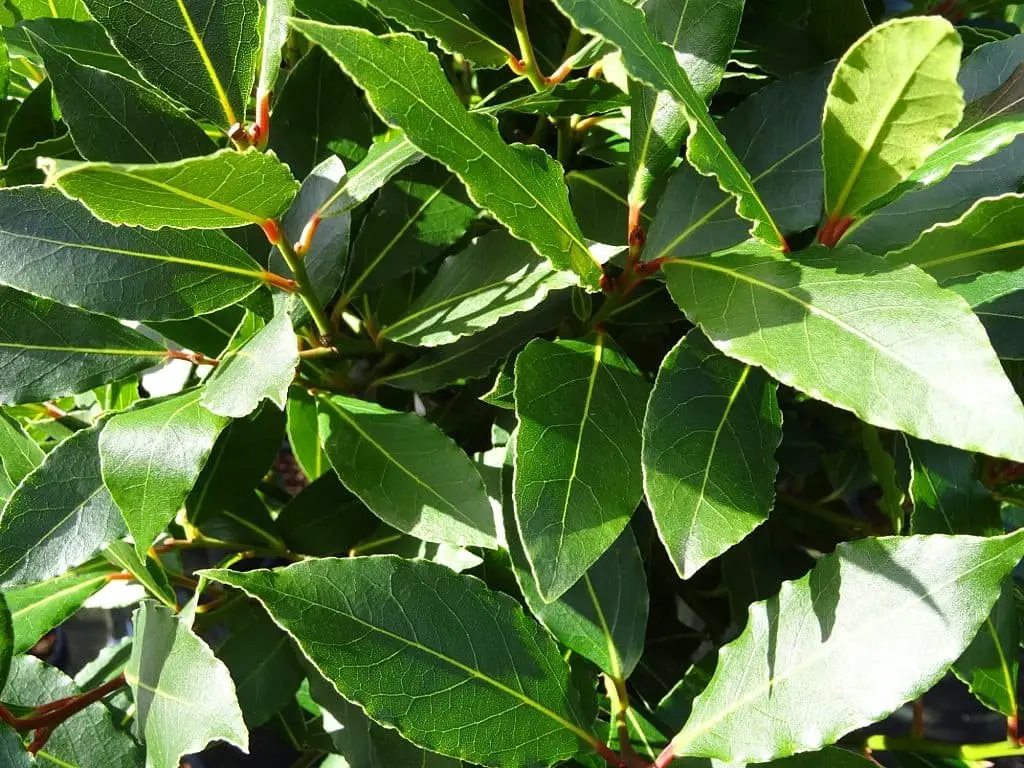
Bay leaf plants are a valuable addition to any home or herb garden, offering benefits that extend far beyond their culinary uses. Not only do they provide a steady supply of spices, but they also serve as a natural deterrent for unwanted pests like roaches, mice, and other bugs. Roaches, in particular, have a strong dislike for the pungent aroma and bitter taste of bay leaves, making them an effective repellent.
This can be achieved by growing fresh bay leaves or using dried leaves to keep these unwelcome visitors at bay.
Chrysanthemum

This vibrant landscape plant has earned its place as a must-have in many gardens, thanks to its remarkable ability to repel an array of unwanted pests. Its distinctive citrus and musky aroma is particularly unappealing to roaches, while the chemical compounds it contains have been shown to confuse snakes and rodents. It’s no wonder, then, that this plant has become a popular choice for gardeners looking to keep their outdoor spaces pest-free.
With its many benefits and few drawbacks, this colorful addition to your landscape is sure to be a hit.
Garlic

Garlic’s versatility knows no bounds – it’s not only a flavorful addition to many dishes, but also a natural deterrent for unwanted pests. Its strong aroma is capable of confusing roaches into abandoning their search for food, rendering them irritated and disinterested in the area. For those struggling with roach infestations at home, incorporating garlic into your herb garden can be a simple yet effective solution.
This can be achieved by planting entire bulbs or simply using cloves or peels strategically throughout your living space.
Mint
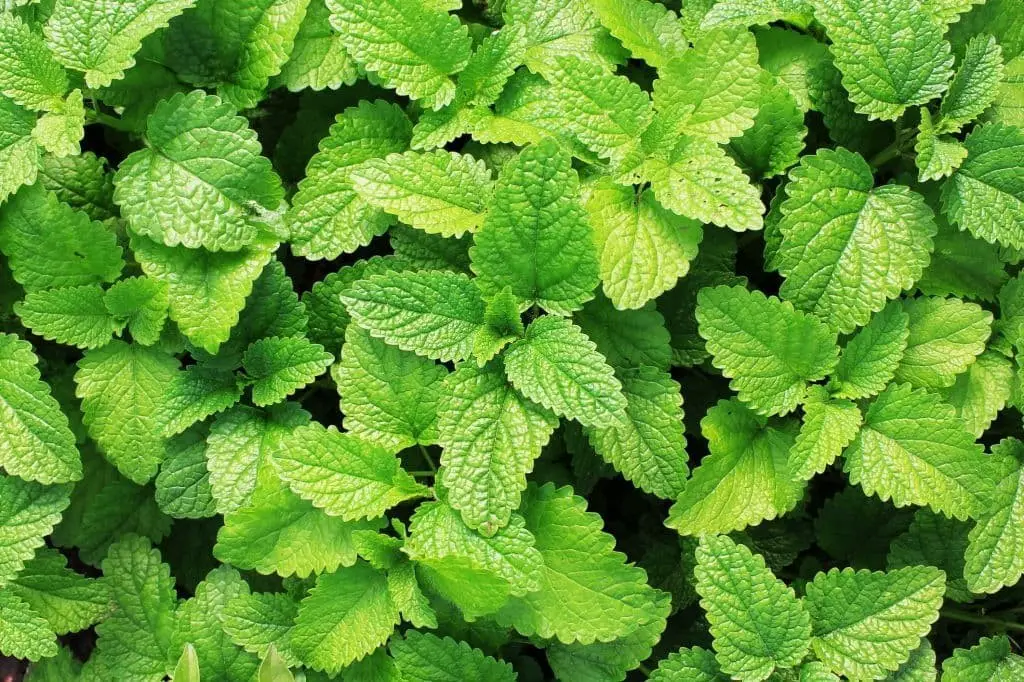
Another effective herb in deterring roaches is mint. Its distinctive menthol and citrusy aroma overwhelms these pests, causing them to flee. To maximize its effectiveness, consider growing mint in containers and placing them in areas where roaches are most active, such as the kitchen. Additionally, scatter fresh mint leaves in areas where roaches tend to congregate, making it an excellent addition to your integrated pest management strategy.
Nasturtium

The aptly named trap crop has a remarkable ability to capture unwanted pests, including baby roaches, mites, bugs, aphids, and even moths within the confines of its leafy foliage. Its vibrant flowering displays make it an attractive addition to any garden, making it relatively effortless to incorporate into your outdoor space.
Cucumber

The notion that the smell of a peeled cucumber repels roaches is still somewhat foreign to many of us. Yet, it’s an undeniable fact – cucumbers are often included in natural roach control methods. While planting them in your garden can be beneficial, for a quicker solution you can simply shred the peels and scatter them throughout areas where roaches are known to nest. This approach has been shown to be effective in deterring these unwanted pests.
Osage orange
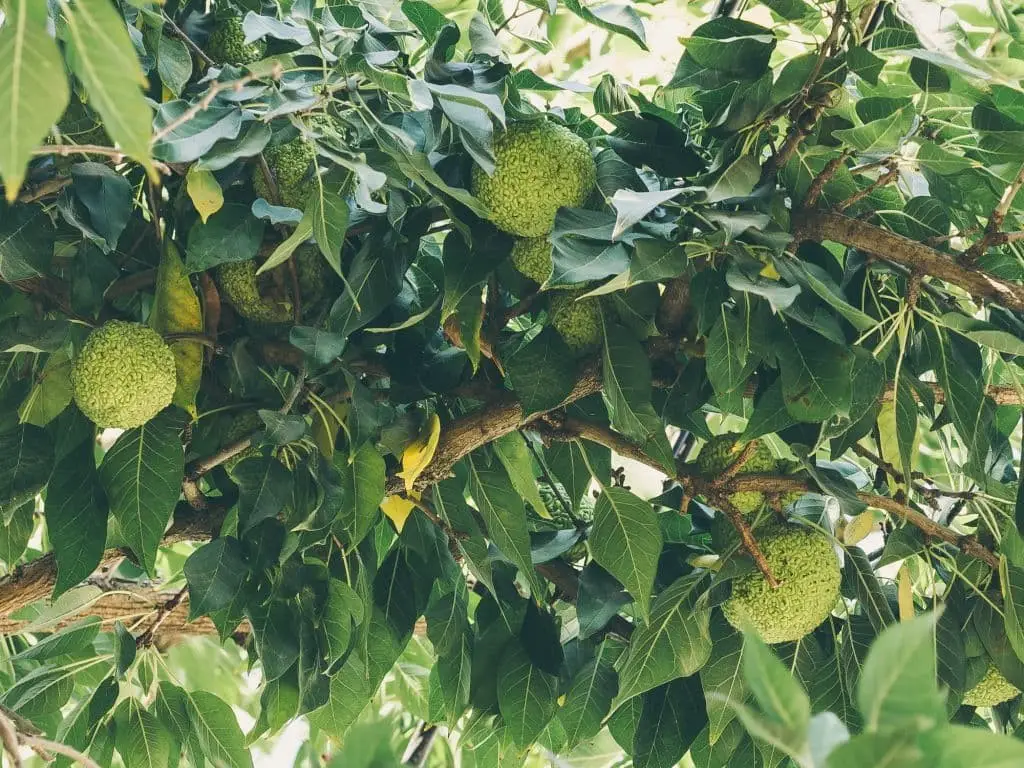
The hedge apple, a peculiar-looking shrub, is another effective tool in the arsenal for roach control. While its unappealing odor might seem counterintuitive at first, it actually plays a crucial role in repelling these unwanted pests. The shrub’s pungent aroma attracts roaches, drawing them in with its overpowering scent. However, once they take a bite of the fruit’s flesh, the citrusy flavor proves toxic to the roaches, ultimately eliminating the infestation.
Pyrethrum
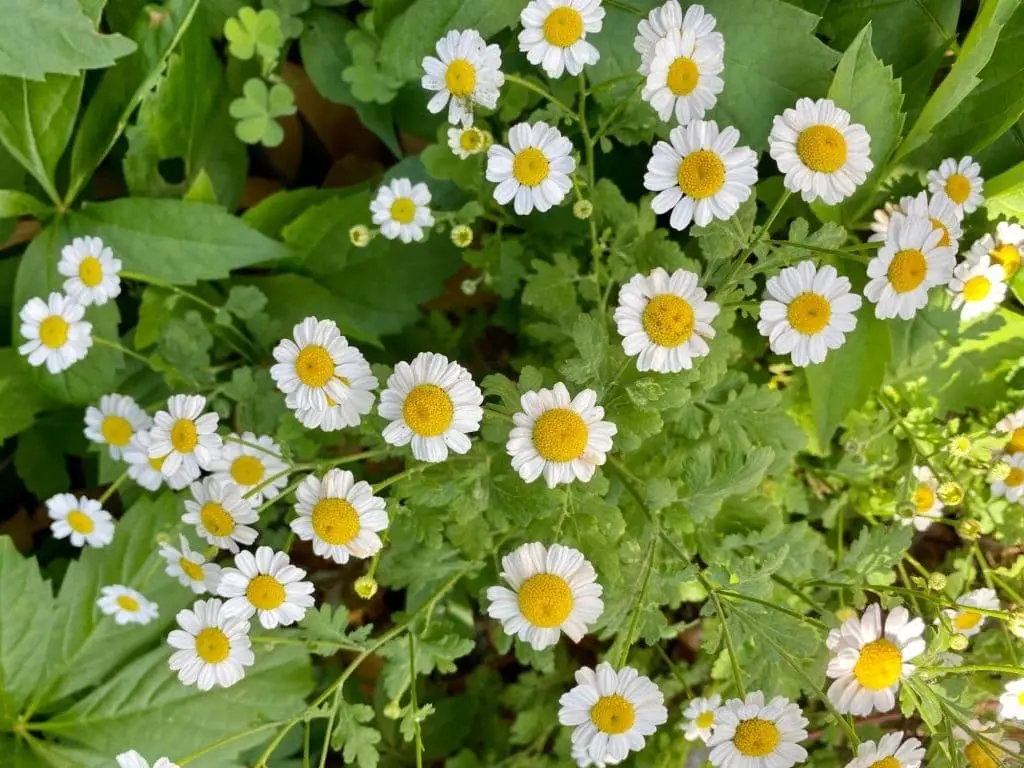
The Pyrethrum daisy-mix hybrid boasts a stunning appearance, combining the charm of daisies with the vibrant hues of marigolds. What’s more impressive is its unique property: it’s rich in pyrethrin, the active compound commonly used in insecticides and commercial roach repellents. By incorporating this plant into your garden or using it as a container specimen, you can eliminate the need for costly chemical treatments and opt for a eco-friendly approach to managing roach infestations.
Lemongrass
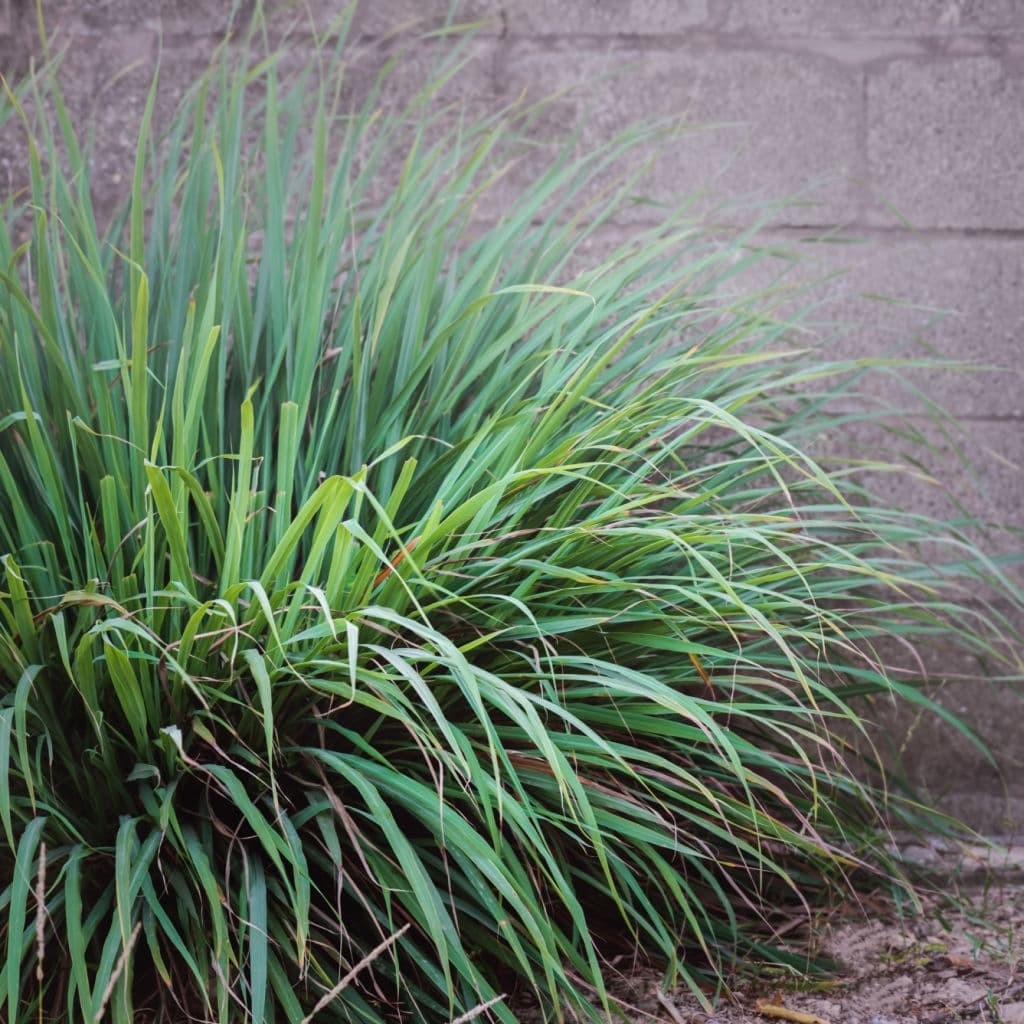
While many might be unaware, lemongrass boasts an impressive concentration of citronella among all citrus plants, rendering it a highly effective roach repellent. This natural property has led to its incorporation in various insecticides and repellents. In addition to its pest-repelling qualities, lemongrass is also valued as a culinary herb, adding depth and zest to savory dishes. Consider planting it in your garden or potting it up for a fragrant and functional addition to your kitchen.
Basil
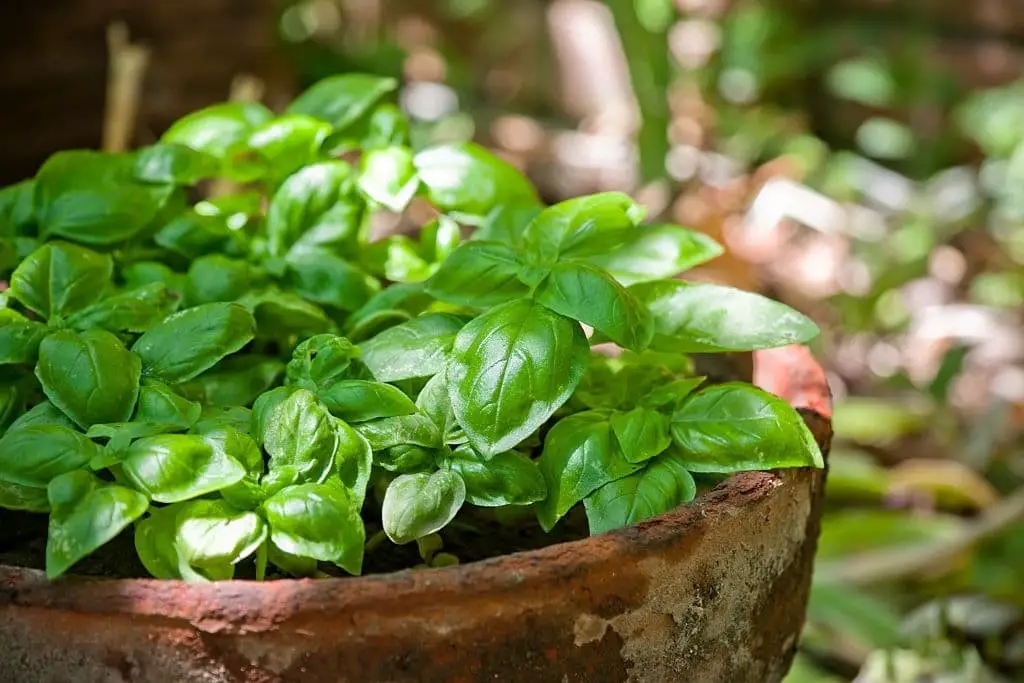
Basil is another essential herb on the list for natural roach repellents. While it’s a staple in many culinary creations, such as pasta dishes and salads, its minty, citrusy aroma also makes it a powerful deterrent against roaches. To maximize its effectiveness, consider placing basil near windowsills or entryways, where its scent can spread freely. This herb is particularly useful for repelling not just roaches but also flies and mosquitoes.
Lavender
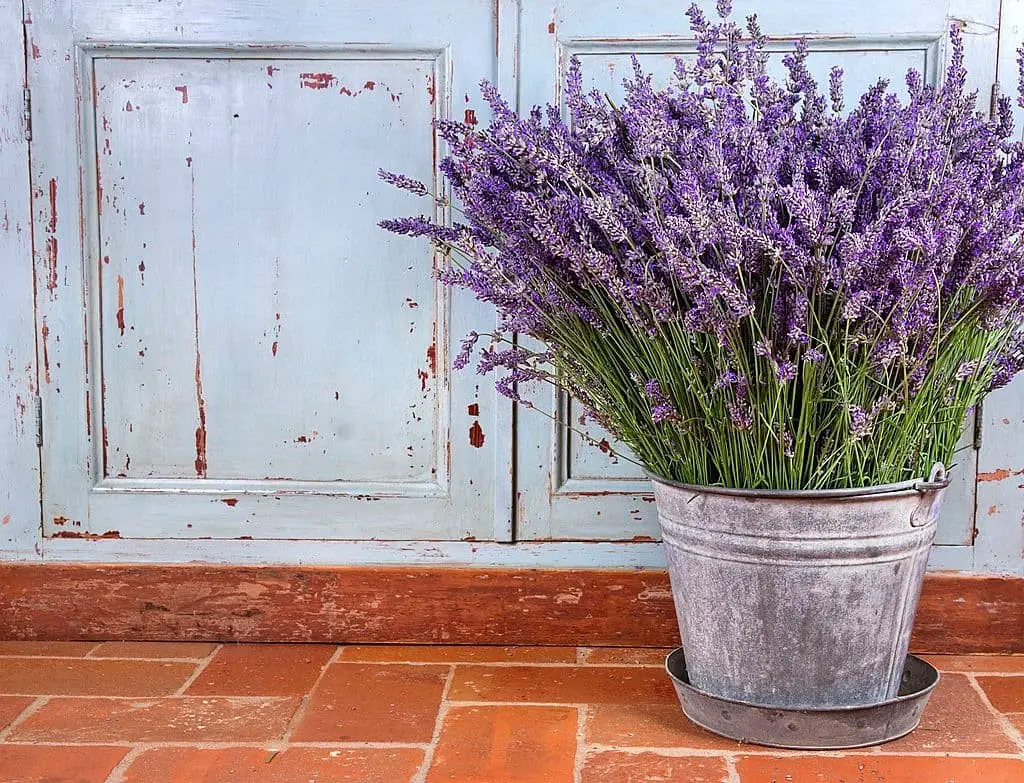
The allure of lavender is undeniable, but did you know that its opposite qualities are what make roaches despise this plant? By placing container-grown lavender in strategic locations around the home, you can effectively repel these unwanted pests. Moreover, the essential oils extracted from lavender can be used to fragrance the air through humidifiers, creating a soothing and calming atmosphere.
Furthermore, lavender’s natural properties also make it an effective deterrent against mosquitoes, fleas, and rodents, making it an excellent addition to any home.
Marigold

This particular variety boasts an impressive concentration of citronella oil, rendering it a formidable repellent for a diverse array of pests, including roaches, rodents, snakes, rabbits, mosquitoes, and fleas. Beyond its potent insect-repelling properties, its vibrant colors and low-maintenance requirements also make it an excellent choice for adding visual interest to garden borders and accents.
Rosemary
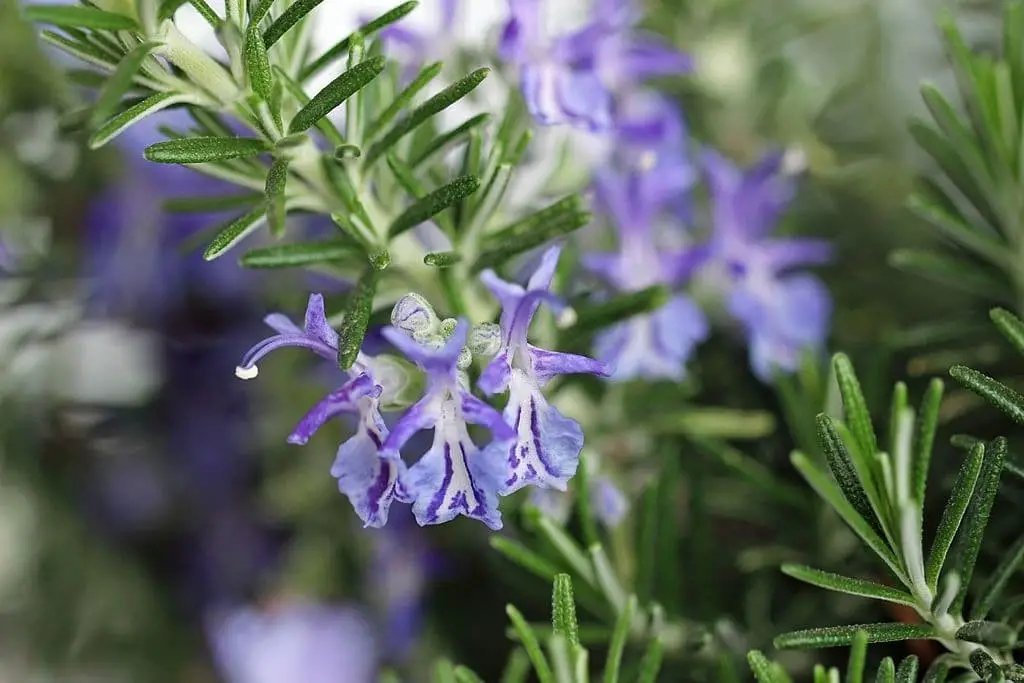
Rosemary is a herb that plays a vital role in enhancing the aroma of various dishes, particularly steaks. However, its practical applications extend far beyond culinary purposes. Rosemary has been found to possess natural roach-repelling properties, much like basil. As such, it’s recommended that you cultivate rosemary in your herb garden and keep a container nearby in the kitchen, where its aromatic benefits can be leveraged to keep unwanted pests at bay.
FAQs
What smells keep roaches away?
When it comes to keeping roaches at bay, a few strategic scents can be incredibly effective. Certain spices like bay leaves, garlic, cinnamon, and peppermint possess strong odors that roaches find particularly unappealing. Similarly, citrus and menthol-based aromas tend to repel these unwanted pests. As such, incorporating essential oils like eucalyptus, cypress, lemongrass, or tea tree oil into your home’s environment could be a valuable tool in discouraging their presence.
Additionally, the pungent aroma of coffee grounds has also been shown to be an effective deterrent against roaches.
Why do I have roaches in my house?
In order to effectively manage roach populations, it’s crucial to understand their preferred habitats. Roaches thrive in environments characterized by dampness, cool temperatures, and darkness. With this knowledge, take proactive measures to inspect and maintain areas prone to moisture accumulation.
This includes scrutinizing holes and crevices, addressing leaky pipes, thoroughly cleaning hard-to-reach areas like basements, and conducting a general tidy twice a month to prevent infestations from taking hold in your home.
Does killing a cockroach attract more?
The notion that killing roach eggs would somehow attract more pests into our homes is a misconception with no scientific backing. It’s high time we set the record straight. In reality, it’s the aggressive elimination of roaches that might inadvertently draw them in. This is precisely why commercial repellents often lose their effectiveness over time.
On the other hand, incorporating natural roach deterrent plants can provide a more enduring and sustainable solution to keep these unwanted visitors out of our homes for good.
Where do roaches hide in the bedroom?
When it comes to identifying potential roach hiding spots, remember that these pests thrive in environments characterized by cool temperatures, darkness, and high humidity. As such, it’s not uncommon for them to seek refuge beneath dressers, cabinets, wall moldings, outlets, piles of dirty laundry, or even under the bed. To effectively combat a suspected bedroom infestation, consider introducing a humidifier into your space.
Additionally, pour strong scented essential oils like lavender, eucalyptus, or lemongrass to repel these unwanted visitors.
At what time of the day are roaches most active?
When it comes to keeping your pantries roach-free, timing is crucial. Roaches are most active at night, particularly during damp seasons, which makes them more likely to infiltrate your storage spaces. To prevent this, consider planting container gardens featuring the roach-repellent plants mentioned earlier. Additionally, scatter shredded leaves and peelings, as well as coffee grounds, in areas you want to keep sealed off from these unwanted visitors.
By incorporating these natural deterrents into your roach control strategy, you’ll be better equipped to maintain a pest-free pantry environment.
Can roaches destroy soil beds?
Roaches are often viewed as indoor pests, but they can still wreak havoc on soil beds. Their affinity for organic matter makes soil beds an attractive target, particularly when decaying compost is present. As these pests feed on the decaying material, they deprive plants of essential nutrients that would otherwise be available to them, ultimately hindering plant growth and development.
Conclusion
While the notion of cockroaches in your home may seem trivial, it’s essential not to underestimate their presence. The reality is that there are many reasons why you might be encountering an infestation, and understanding these factors can help inform a solution. One natural approach to controlling roach outbreaks involves leveraging plants that repel these unwanted guests.
The good news is that many of these plants are low-maintenance herbs, spices, citrus species, and grasses that not only tolerate neglect but actually thrive in it, making them accessible and easy to incorporate into your home.






